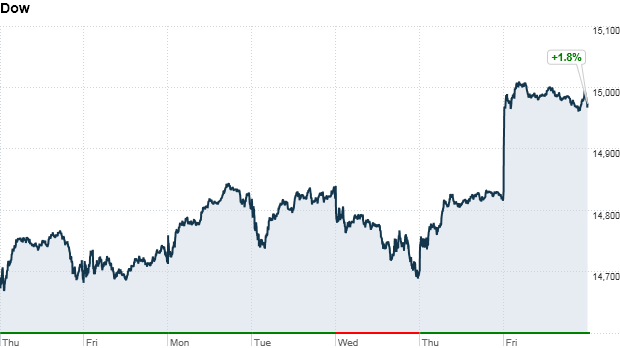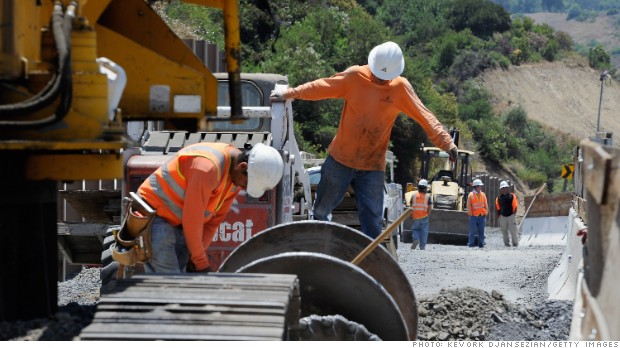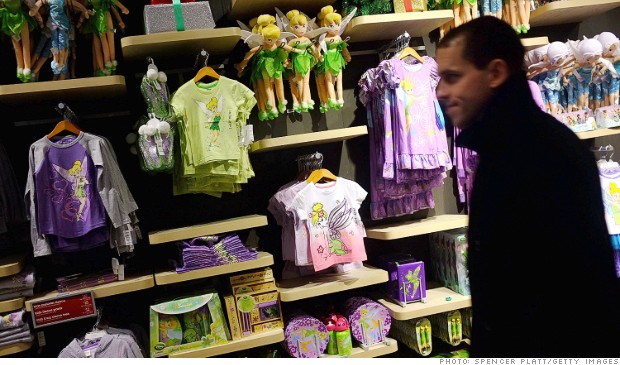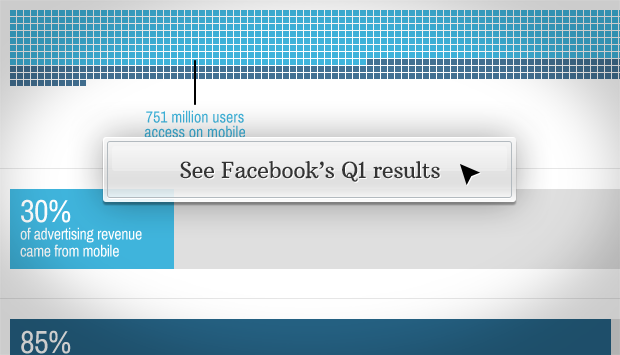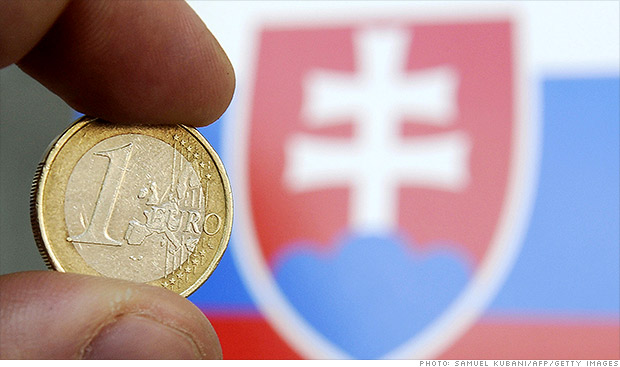(CNNMoney)
"Resentment over money is one of the biggest issues that ruin vacations," says Nadine Davidson, author of Travel With Others Without Wishing They'd Stayed Home.
So before you book this summer's big trip, air your expectations about who will pay for what and how luxuriously (or not) you'll travel. That way, your time together can be all about having fun.
The Ground Rules
Keep it light. Work the topic into a larger discussion about the good times you're going to have, says Patricia Rossi, author of Everyday Etiquette.
Put it in writing. Outline the costs in black and white after your discussion, or have the whole conversation via e-mail if that feels easier.
Prepay separately when you can. Can you each send in half the condo deposit? Buy your own plane tickets? Doing so will prevent headaches later. Or opt for an all-inclusive resort -- you'll have fewer bills to square up.
When You're Face to Face...
1. Opening gambit: "We're so excited to be going to Disney with you. We love the Mickey Mouse theme restaurant. Are there any places you want to try?"
Why it works: Talking about specific activities -- and even eateries -- offers insight into how your pal or relative intends to divvy up his vacation dollars. "Even if someone's in your tax bracket, it doesn't mean they like to spend their travel money the same way," says Davidson.
2. Suggest a split. "Unless you hit the lottery next month, I assume we'll be dividing everything fifty-fifty."
Why it works: Stating upfront how you expect to share costs sets the tone for the whole trip. Be sure to discuss when the money is needed, the deadline for refunds, and what happens if one party has to cancel. Infuse this with humor to make people feel at ease, says Rossi.
3. Take on the burden. "I know the hotel prices in Chicago are outrageous. Why don't I research some cost-effective options?"
Related: How to ask a pal or relative to pay you back
Why it works: Taking the reins can help you avoid the awkwardness that might ensue when, say, your spendy pals suggest the Ritz or your cheap friends pick the Fleabag Inn. Your travel mates are likely to be more receptive to different options if they know it won't create a hassle for them, says Marblehead, Mass., etiquette consultant Jodi R.R. Smith.
4. Propose a practical plan. "Since we're eating lunches at the condo, how about each family sets aside $100 for grocery store runs?"
Why it works: Putting a system in place ensures that no one winds up footing the whole bill, says Lynn O'Rourke Hayes, editor of FamilyTravel.com. Create a communal account or put receipts in a specific place to be tallied up later. Also address how you'll pay for booze, since differences in consumption can cause tension.
5. Ask for alone time. "Seafood isn't really our thing. When you guys go to the surf-and-turf place, we'll head to our favorite taco stand."
Why it works: Making some separate plans allows each party to look forward to things that cater to its budget and tastes. After all, says Smith, "part of the fun of a vacation is the anticipation." ![]()
First Published: May 8, 2013: 6:51 PM ET



